Finding aid: SIDA collection
The Society of Interior Designers of Australia (SIDA) was a professional body, founded in 1951, to represent the interests of interior designers in Australia. It promoted interior design to the general public and also set standards of practice for the profession.
Scope and content
The two main components of the SIDA collection are firstly, official foundation documents, minutes of committee meetings and AGMs, correspondence, membership lists, financial information, exhibition booklets and other papers relating to the operation of the Society of Interior Designers of Australia (SIDA) and the SIDA Foundation, mostly between about 1963 and 2016 (though some photographs and booklets pre-date this). The second component is a collection of 28 oral histories with former members of SIDA, conducted by design historian Michael Bogle between 2010 and 2013 for the SIDA Foundation history program.
Organisational history
The Society of Interior Designers of Australia (SIDA) was a national organization which established the profession by determining practitioners’ eligibility and instigating professional codes of practice, improving tertiary education and promoting their work to the general public. Mary White, Don Johnston, Edmund Dykes, Don Shaw, Stuart Low, Margaret Lord and Marion Hall Best met in December 1950 to discuss a society to raise the standard of interior design in Australia. In 1951 the Society of Interior Designers was launched at a party attended by 80 supporters, with Johnston the first President of 20 members. Society membership lent designers credibility in an era when recognised qualifications were limited.
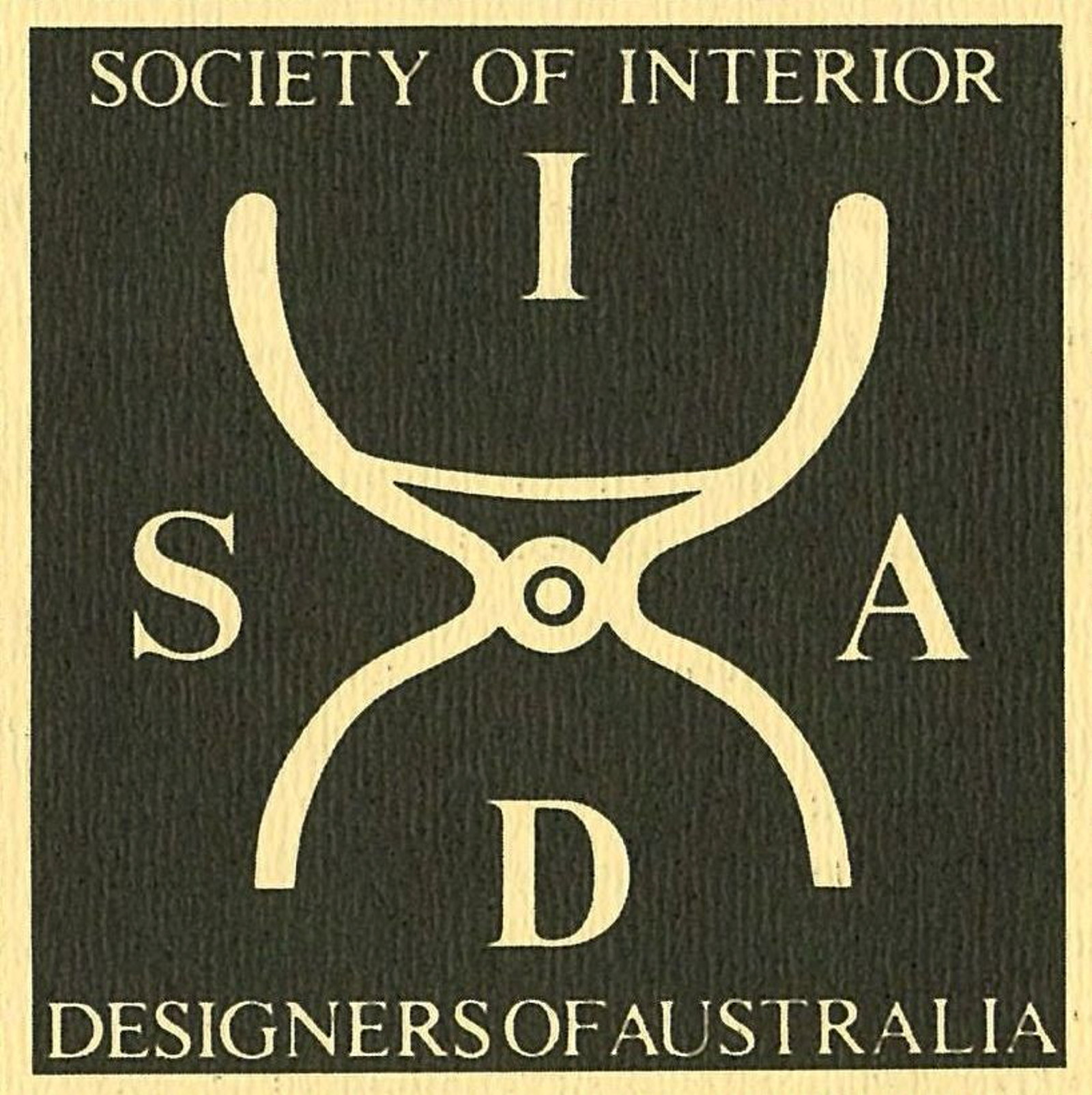
Society of Interior Designers of Australia (SIDA) logo, design by Douglas Annand, 1965; from the flyer: 'At your service', Sydney, nd. Caroline Simpson Library & Research Collection, Sydney Living Museums. SIDA Foundation archive, SIDA /C/3.
The organisation was initially called the Society of Interior Designers (SID) but with the addition of 'Australia' to the name in 1964, the name changed to Society of Interior Designers of Australia (and the acronym to SIDA). In that same year - 1964 - SIDA underwent an organisational overhaul when it was incorporated under the companies’ act. But the mission remained the same: ‘to advance the standards of interior design and decoration, to uphold a code of ethics and professional practices, to promote educational programmes with a view to improving the art of interior design and decoration.’ Leaders met in designers’ homes and, after 1977, at their national headquarters in Paddington. Sub-committees on education, exhibition rooms, wholesale and retail liaison, publicity and social events, worked hard to generate income and fulfil the mission of the society.
The 1970s saw a rapid increase in younger, independent designers as its membership reached more than 150. Interstate chapters were instigated in Victoria, Queensland, South Australia and Western Australia as SIDA became truly national. Strict control on admission and ethics meant the Society protected its status as a credible professional body, resisting pressure in the 1980s to become an industry association.
In 1998, SIDA amalgamated with the Design Institute of Australia (DIA), which became the official voice of interior designers in Australia. However, SIDA continued as the SIDA Foundation but with a more limited role as a type of Trust to provide money for scholarships, seminars and other worthwhile purposes involving interior design. In 2017, the SIDA Foundation was deregistered and its assets disbursed.
More about SIDA and its history
Provenance
The papers of the Society of Interior Designers of Australia (SIDA) are comprised of different collections but emanate from two main sources. In 2012, the CSL&RC was donated official documents, member correspondence and much other printed material relating to the SIDA and the SIDA Foundation by the Estate of the late Leslie Walford. Walford had been active on the executive committee of SIDA for many years, and at times its Vice-President and President. This gift was part of a much larger donation from the estate comprising items relating to Walford’s career as an interior designer as well as personal and family papers.
The second donation came in two lots in 2016 and 2017 from the last SIDA Foundation President Ian Archibald. The first lot comprised a series of oral histories with former members and related research files compiled as part of the SIDA Foundation history program, 2010-13. The second lot followed at the time of deregistration of the SIDA Foundation and included more SIDA official documents and other printed material. A small amount of additional SIDA material has come from the Marion Hall Best collection.
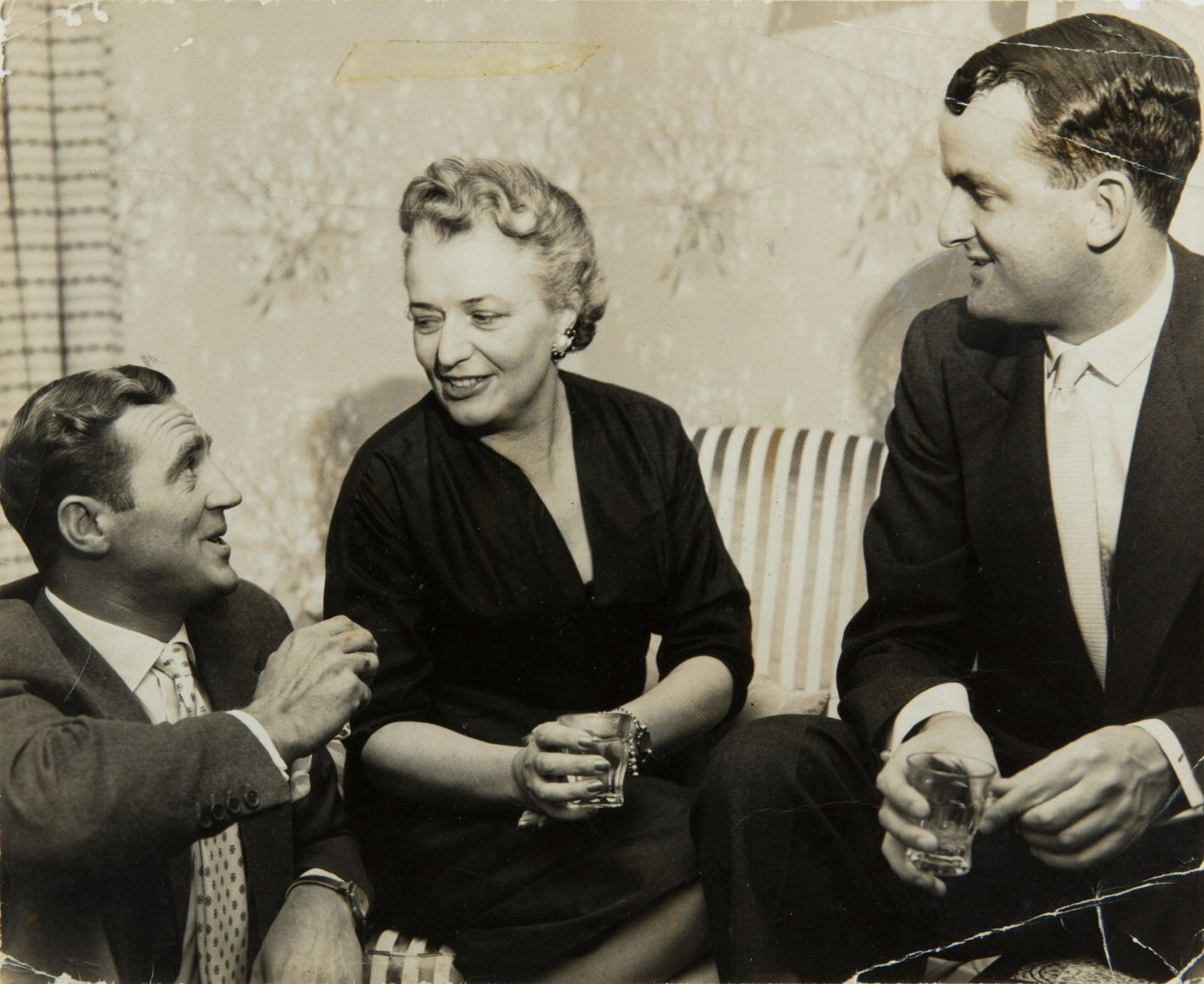
Related material
Collections or archives of SIDA members and related organisations include the following:
Caroline Simpson Library & Research Collection:
Marion Hall Best collection, 1930s-80s
Mardi McElvenny collection – interior design training, Shillito School of Design, 1966-68.
Leslie Walford collection (only the SIDA-related papers are included in this Finding Aid)
Museum of Applied Arts and Sciences (MAAS) archives:
The Margaret Lord interior design archive 1930-75
The Mary White design archive 1950-80
State Library of NSW:
George Freedman interior design drawings, slides and colour transparencies, 1969-2016
Design Institute of Australia. New South Wales Chapter - Records, 1958-1987 + further records 1988-1994
National Library of Australia:
Warren T. Harding and David C. Lorimer (Décor Associates) photography collection of interior design [photos by David Beal]
For access to SIDA material contact:
Caroline Simpson Library & Research Collection (CSL&RC)
Phone: +61 2 8239 2233
Email: library@mhnsw.au
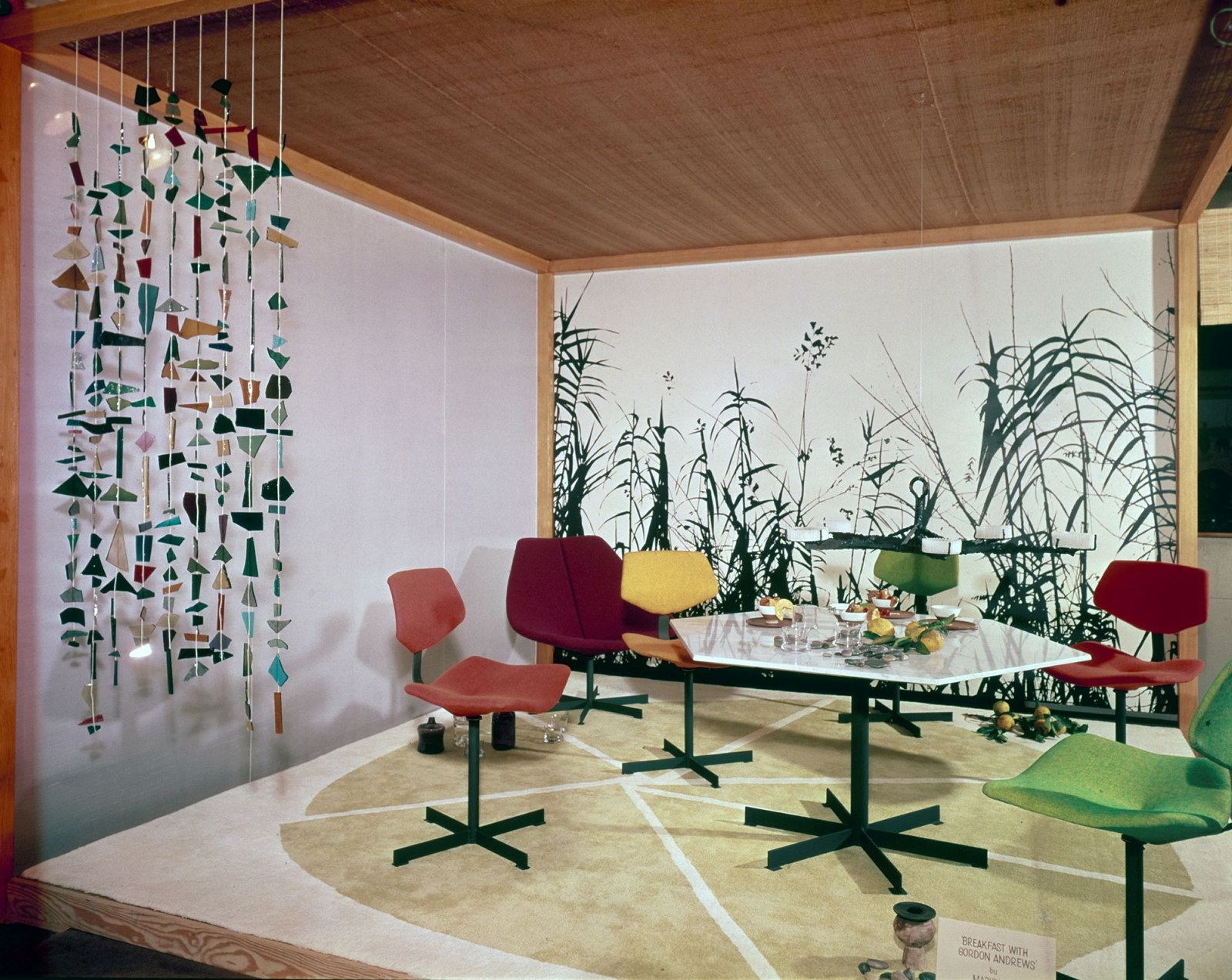
Series content
![Marion Best Pty Ltd: 'A room for Mr. Peter Sculthorpe' by designers Marion Hall Best and Deirdre Broughton, [Rooms on View, 1971]](https://images.slm.com.au/fotoweb/embed/2023/01/f0816f04bc4a4cd88637dbb76fc12a6a.jpg)
Related
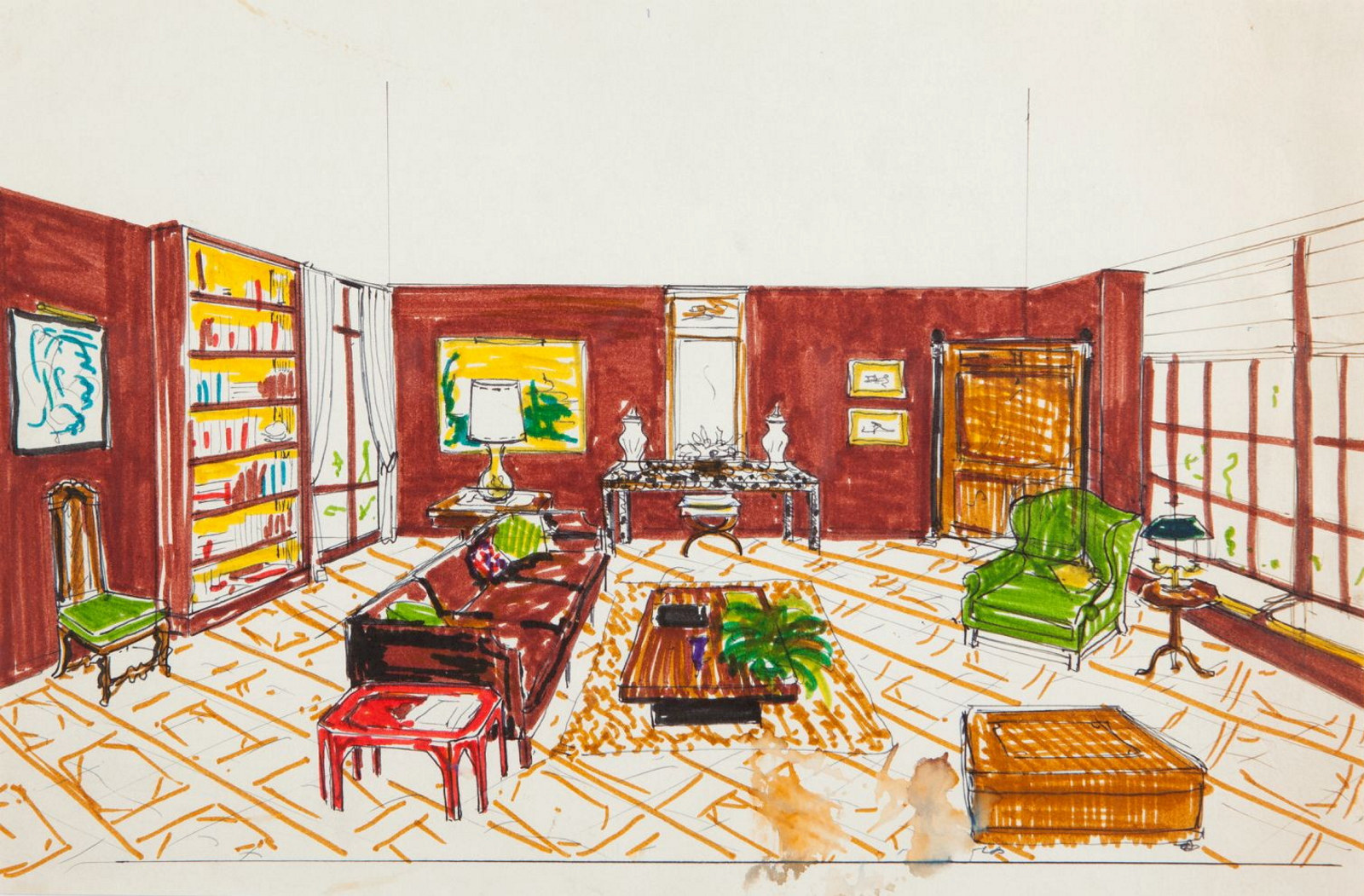
Rooms on view: SIDA’s exhibitions, 1953-1986
From its inception, the Society of Interior Designers of Australia (SIDA) used exhibition rooms as an effective marketing and education tool. The ‘rooms’ were each designed by an individual SIDA member as an idealised space often for a named personality.
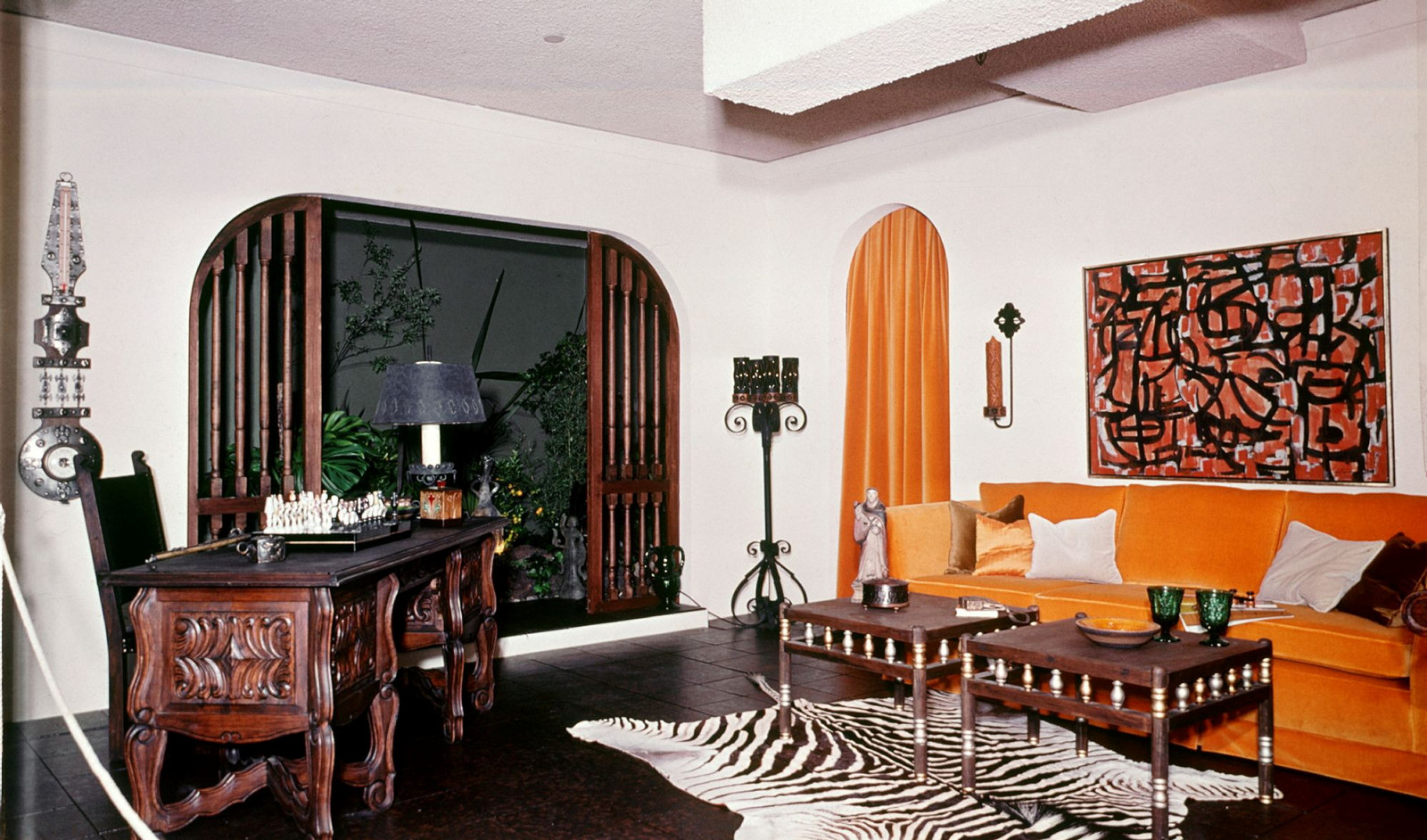
SIDA exhibitions: a full listing of designers and their display rooms
Between 1953 and 1986, the Society of Interior Designers of Australia (SIDA) staged nine exhibitions of model rooms, each room designed by an interior designer.